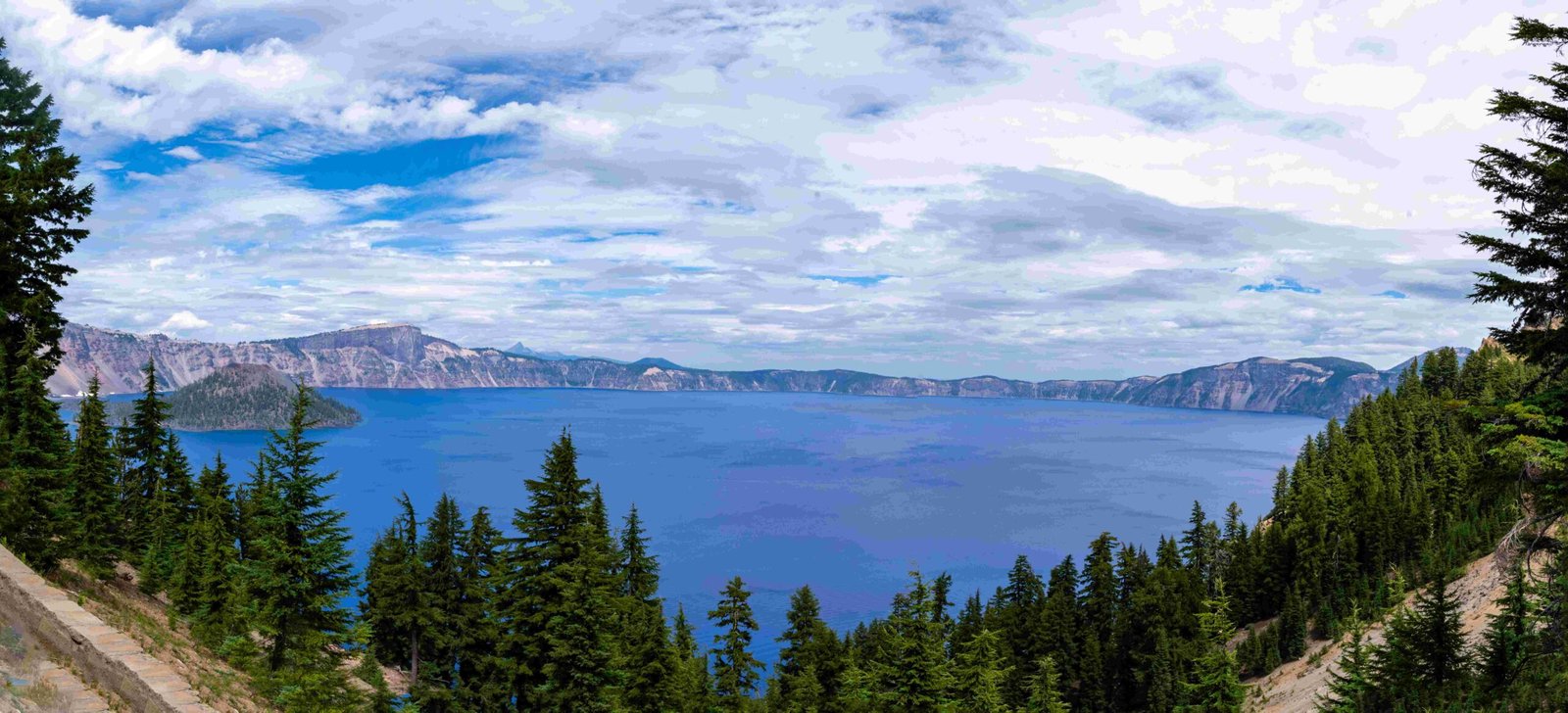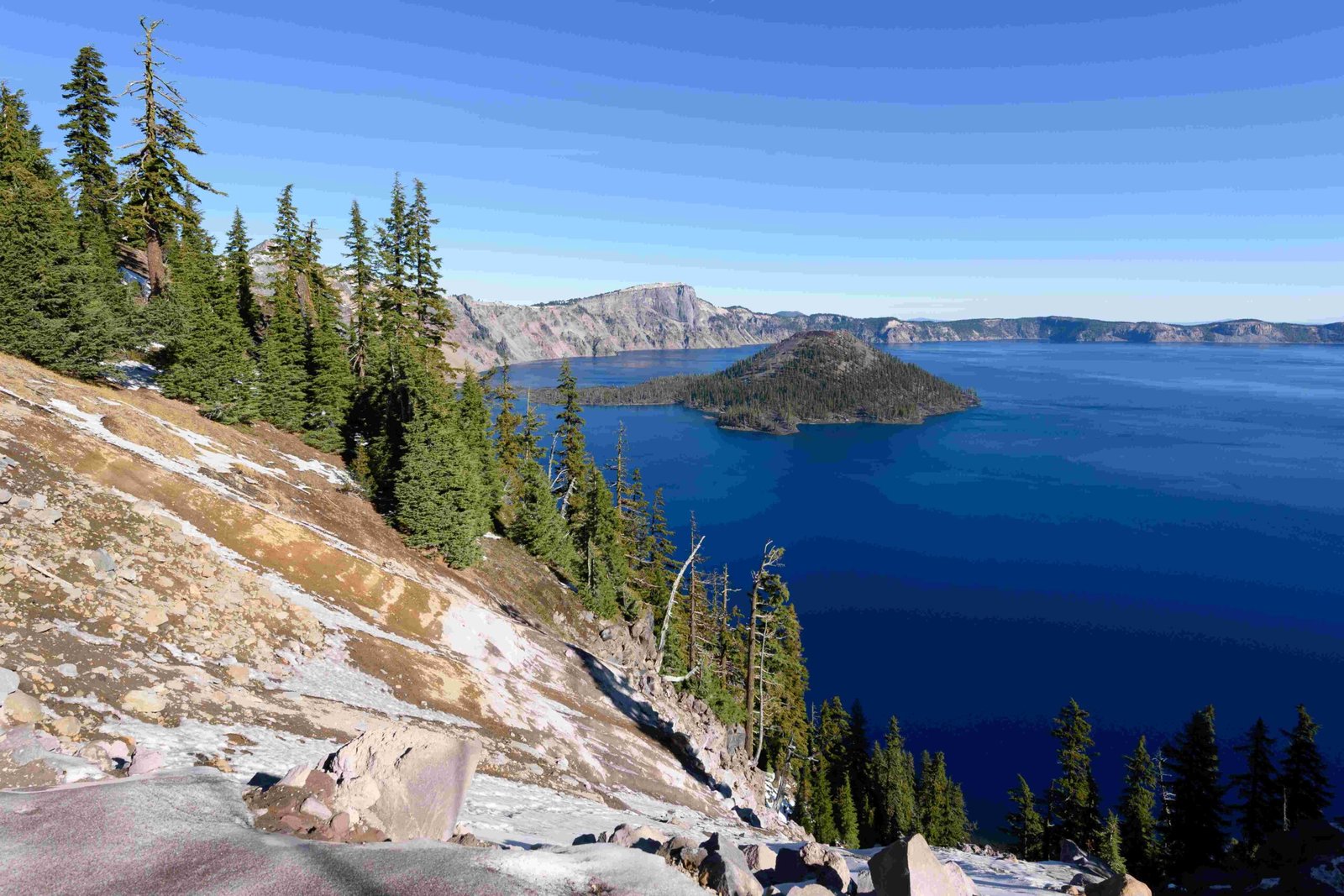Lava tubes near Crater Lake are a topic of interest for many geology enthusiasts and adventure seekers. However, it’s important to note that there are no known lava tubes in the immediate vicinity of Crater Lake National Park. Crater Lake itself is a caldera formed by the collapse of Mount Mazama, and the surrounding area does not feature the type of volcanic activity that typically creates lava tubes. Despite this, the region’s volcanic history and unique geological features make it a fascinating destination for those interested in volcanic landscapes.
What Are Lava Tubes and How Do They Form?

Lava tubes are natural conduits formed by flowing lava which moves beneath the hardened surface of a lava flow. As the lava flow cools and hardens on the surface, the molten lava underneath continues to flow, eventually draining out and leaving behind a hollow tube. These geological formations are typically associated with basaltic lava flows, which are characterized by their low viscosity and high fluidity.
The process of lava tube formation can be broken down into several stages:
- Initial lava flow
- Surface cooling and crust formation
- Continued flow beneath the crust
- Drainage of molten lava
- Solidification and tube formation
While this process doesn’t occur near Crater Lake, it’s a common phenomenon in many volcanic regions around the world.
Why Are There No Lava Tubes Near Crater Lake?

The absence of lava tubes near Crater Lake can be attributed to several factors:
-
Geological History: Crater Lake was formed by the collapse of Mount Mazama, a stratovolcano, rather than by basaltic lava flows that typically create lava tubes.
-
Type of Volcanic Activity: The eruptions that formed Crater Lake were primarily explosive, producing ash and pumice, rather than fluid lava flows.
-
Rock Composition: The rocks around Crater Lake are predominantly andesitic and dacitic, which are more viscous than the basaltic lava that forms tubes.
-
Erosion and Glaciation: Any lava tubes that might have existed in the area could have been destroyed by erosion or glacial activity over thousands of years.
What Geological Features Can Be Found Near Crater Lake Instead?
While lava tubes are absent, Crater Lake and its surroundings offer a wealth of other geological wonders:
-
The Caldera: The lake itself sits in a caldera, a large volcanic crater formed by the collapse of the volcano’s mouth after a major eruption.
-
Wizard Island: This cinder cone within the lake was formed by post-caldera eruptions.
-
Pumice Desert: A barren plain north of the lake, covered in pumice and ash from the Mount Mazama eruption.
-
Pinnacles: Erosional remnants of volcanic ash flows, creating spire-like formations.
-
Llao Rock: A massive lava flow on the north rim of the caldera.
Where Can Visitors Find Lava Tubes in Oregon?
Although there are no lava tubes near Crater Lake, Oregon does have several locations where visitors can explore these fascinating geological formations:
-
Lava River Cave: Located in the Deschutes National Forest, about 150 miles northeast of Crater Lake.
-
Arnold Ice Cave: Near Bend, Oregon, approximately 120 miles northeast of Crater Lake.
-
Skylight Cave: Also near Bend, this lava tube features a collapsed ceiling that allows natural light to enter.
-
Boyd Cave: Part of the Arnold Ice Cave System, located southeast of Bend.
-
Hidden Forest Cave: Found in the Deschutes National Forest, this cave requires a permit for entry.
| Cave Name | Distance from Crater Lake | Permit Required |
|---|---|---|
| Lava River Cave | ~150 miles | No |
| Arnold Ice Cave | ~120 miles | No |
| Skylight Cave | ~120 miles | No |
| Boyd Cave | ~120 miles | No |
| Hidden Forest Cave | ~150 miles | Yes |
What Should Visitors Know Before Exploring Lava Tubes?
When planning to explore lava tubes in Oregon, keep these points in mind:
- Safety First: Always inform someone of your plans and expected return time.
- Proper Equipment: Bring sturdy shoes, warm clothing, and at least three sources of light per person.
- Leave No Trace: Respect the caves and leave them as you found them.
- Cave Temperature: Lava tubes maintain a constant cool temperature year-round, usually around 40°F (4°C).
- Seasonal Closures: Some caves may be closed during certain times of the year to protect bat populations.
How Can Visitors Learn About Volcanic Activity at Crater Lake?
While lava tubes are not present, visitors can still learn about the volcanic history of Crater Lake through:
-
Rim Drive: A 33-mile road circling the lake, offering views of the caldera and surrounding volcanic features.
-
Crater Lake Lodge: Houses exhibits on the lake’s formation and geological history.
-
Sinnott Memorial Overlook: Provides an excellent vantage point and educational displays about the lake’s volcanic past.
-
Ranger-led Programs: Seasonal programs offer insights into the park’s geology and ecology.
-
Crater Lake Science and Learning Center: Supports research and educational activities related to the park’s natural and cultural resources.
What Other Volcanic Attractions Are Near Crater Lake?
Within a day’s drive from Crater Lake, visitors can explore other volcanic sites:
- Newberry National Volcanic Monument: Features lava flows, obsidian fields, and the Big Obsidian Flow.
- Lava Beds National Monument: Located in northern California, it offers numerous lava tube caves for exploration.
- Mount Shasta: An impressive stratovolcano visible from parts of southern Oregon.
- Three Sisters: A complex of three volcanic peaks in the Cascade Range.
How Does the Absence of Lava Tubes Affect Crater Lake’s Ecosystem?
The lack of lava tubes near Crater Lake influences the local ecosystem in several ways:
-
Water Retention: Without lava tubes to channel water underground, the area’s hydrology is primarily surface-based.
-
Habitat Diversity: The absence of cave systems means different types of habitats and species compositions compared to areas with lava tubes.
-
Soil Composition: The soil around Crater Lake is largely composed of volcanic ash and pumice, affecting plant growth and distribution.
-
Microclimates: The open caldera creates unique microclimates that wouldn’t exist in a landscape dominated by lava tubes.
While lava tubes near Crater Lake may be absent, the park’s unique geological features and volcanic history make it a must-visit destination for those interested in volcanic landscapes. The surrounding region of Oregon offers ample opportunities to explore lava tubes and other volcanic wonders, providing a comprehensive experience of the Pacific Northwest’s dynamic geology.
